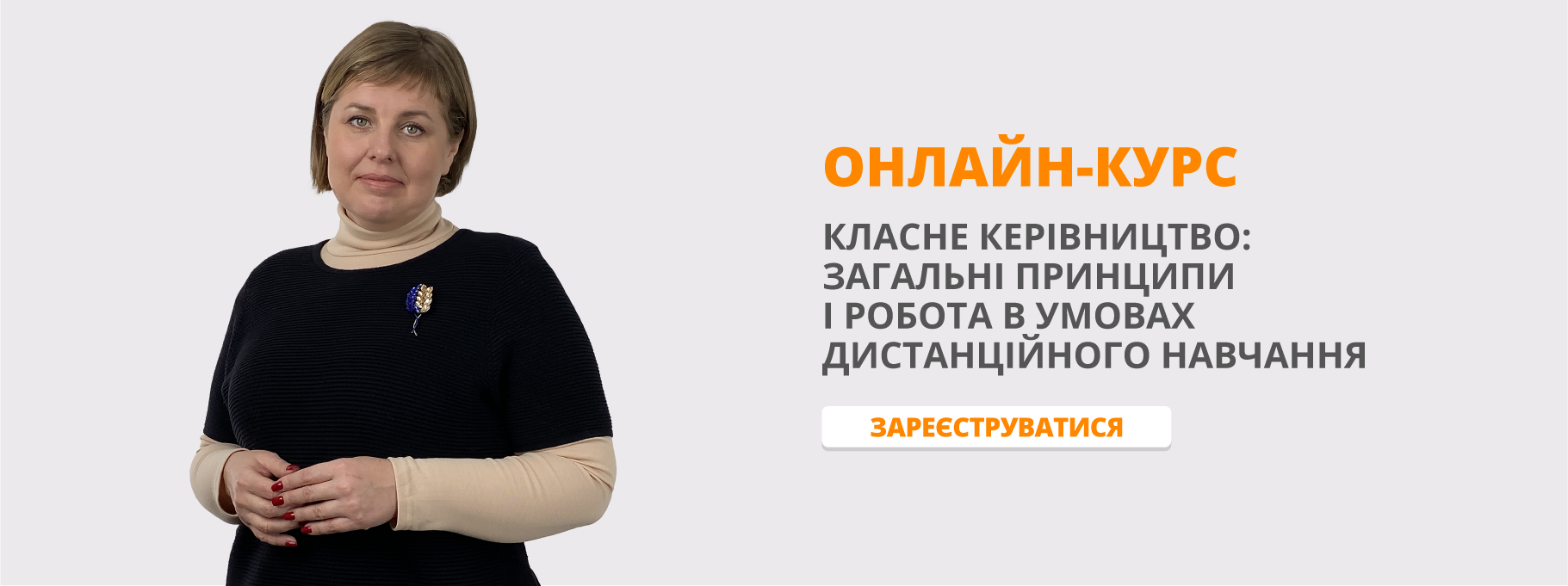Final MCQ Anest / 5 course (30 questions)
A 35-year-old pregnant woman at term is admitted to the hospital for delivery. She has headachesand visual blurring. Her blood pressure is 180/100. On examination, she is edematous. Reflexes are increased. Protein is found in the urine. She then develops a generalized tonic-clonic convulsion.
Which is not accurate with regard to management of Eclampsia?
Which is not true with regards to placental abruption and trauma in pregnancy?
With regard to embolism
A parturient receives ketamine 2 mg/kg and succinylcholine 1.5 mg/kg for induction prior to elective cesarean delivery. Which of the following is most likely to be present in the newborn infant?
Case: Headache and vomiting after fall
A 34-year-old man is evaluated in the emergency department for worsening headache, nausea, and two episodes of vomiting 2 hours after hitting his head in a fall from the top of a 6-foot ladder.
On physical examination, temperature is normal, blood pressure is 128/84 mm Hg, pulse rate is 86/min, and respiration rate is 14/min. The patient's Glasgow Coma Scale score is 15/15.
Which of the following is the most appropriate immediate step in management?
Case: Former pro football player
A 48-year-old man is evaluated for increasing depression and suicidal ideation. He reports experiencing feelings of hopelessness, lack of initiative, and general disinterest over the past 5 years that recently have worsened and are now accompanied by mood swings, irritability, impatience, verbal abuse, and physical aggression. Thoughts of death and suicide often have been present in the past month. His gait has become slow and shuffling, and his balance is increasingly impaired. His wife says he is more forgetful than ever and unable to perform home repairs that he previously accomplished easily. He has had no hallucinations or delusions. The patient is retired from a 13-year career playing professional football. Other than minor football injuries, he has no significant medical history and has an unremarkable family history, including no neurologic and psychological disorders. The patient takes no medication.
On physical examination, vital signs are normal. Neurologic examination shows slow processing speed, mild dysarthria, slowed rapid alternating movements bilaterally, and a wide-based gait with decreased foot-floor clearance. The patient scores 20/30 on the Montreal Cognitive Assessment, losing points in the visuospatial/executive function, attention, orientation, and delayed recall sections.
Which of the following is the most likely diagnosis?
Which of the folowing describes the profile of an individual with aphasia who still has preserved abilities in spontaneous speech attributes (e.g., melodic flow)?
Electrical injuries are commonly caused by:
A 9-year-old boy is brought to your clinic by his parents because he has begun to have episodes of eye fluttering lasting several seconds. Sometimes he loses track of his thoughts in the middle of a sentence. There was one fall off a bicycle that may have been related to one of these events. There are no other associated symptoms, and the episodes may occur up to 20 or more times per day. The boy’s development and health have been normal up until this point. He had two head injuries as a young child: the first when he fell off a tricycle onto the ground, and the second when he fell off a playset onto his head. Both episodes resulted in a brief loss of consciousness and he did not think clearly for part of the day afterward, but he had no medical intervention. Which of the following test results is most likely?
What is “hypoxia”?
Which is NOT a cause for the development of local hypoxia?
Which of the following is NOT a cause for circulatory hypoxia development?
A young female patient is brought to the ER. She is unconscious and unarousable. A CT scan is done and the neuroradiologist reports that she has herniation syndrome. What is the most likely cause of her loss of consciousness?
Which of the following is not the symptom of high altitude sickness
What mixture of gases are used in anesthesia?
AEP stands for ________
Which of the following is known as laughing gas?
What is the residual capacity of the lungs?
A ventilator can sometimes cause a disruption in the normal breathing pattern.
To replace the blood loss replacement 1000 ml of the same group of Rhesuscompatible donated blood was transfused to the patient. The blood was conserved by sodium citrate. At the end of hemotransfusion there appeared excitement, pale skin, tachycardia, muscles cramps in the patient. What complication should be suspected?
A patient has been hospitalised. The onset of the disease was gradual: nausea, vomiting, dark urine, аcholic stool, yellowness of the skin and scleras. The liver is enlarged by 3 cm. Jaundice developed on the 14th day of the disease. The liver diminished in size. What complication of viral hepatitis caused deterioration of the patient’s condition?
A 30 year old man is admitted to the Emergency Ward with sudden onset of severe shortness of breath, no chest pain, diffuse wheezing, cyanosis, and a BP of 70/30, Pulse = 100. This event occurred soon after a meal. What is the likely diagnosis:
What is the treatment of choice to correct Hypovolemic Shock?
The CO is normal or elevated in which of shock types:
A 20-year-old man is brought to the emergency room after rupturing his spleen in a motorcycle accident. His blood pressure on admission is 80/60 mm Hg. Analysis of arterial blood gasses demonstrates metabolic acidosis. This patient is most likely suffering from which of the following conditions?
The use of inhaled nitric oxide in ARDS
Which of the following factors is the MOST important determinant of the spread of epidural block?
Dantrolene
Renal clearance of a drug

Створюйте онлайн-тести
для контролю знань і залучення учнів
до активної роботи у класі та вдома


















